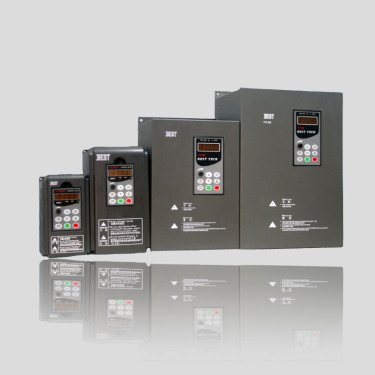
In recent years, China’s GDP growth has been maintained at a rate of 7.5%. Correspondingly, the intensity of domestic economic construction is also expanding, and the consumption of energy is also rising.
In order to increase the energy festival's ability in production and construction, the inverter has been applied in many devices. In addition, China’s investment in energy conservation and environmental protection is increasing. Xie Zhenhua, deputy director of the National Development and Reform Commission, said that in order to achieve the “12th Five-Year Plan†energy saving target, China will vigorously adjust its economic and industrial structure. By 2015, the added value of energy-saving and environmental protection industries will account for about 2% of the total GDP. The output value reached 4.5 trillion yuan.
With the increasing maturity of localized production, scale and technology, domestic brands usually have price advantages, and the improvement in quality has also led to a significant increase in the price/performance ratio of domestic inverters. Market demand will increasingly favor the domestic market, and will eventually break foreign frequency conversion. The long-term monopoly of the device, while domestic manufacturers will also form a well-known brand.
As the frequency converter has functions such as speed control, it has certain advantages in the field of energy conservation. According to estimates, the energy-saving rate of the motor system using the inverter is generally about 30%, and some high-level applications can reach 40% to 60%. The energy-saving effect is significant. According to statistics, during the “Twelfth Five-Year Plan†period, China’s environmental protection investment will reach 3.1 trillion yuan. It is expected that by 2015, the total output value of China's energy-saving and environmental protection industries will reach 5.3 trillion yuan, equivalent to 8% to 10% of GDP during the same period.
Over the years, the National Development and Reform Commission, in conjunction with the relevant state departments, has been giving priority support to the frequency conversion technology development, technological transformation, etc., organized the evaluation of frequency conversion speed regulation technology recommendations, and at the same time encourage relevant units to catch development and grasp demonstration engineering projects. Based on this, the domestic frequency control technology has been a certain development and application. For China, the process of industrialization is not over yet. The high proportion of high-energy-consuming industries will continue to promote the sustained and rapid growth of China’s energy demand. The industry is highly energy-intensive, and the country’s energy-saving and emission-reduction policies have also enabled domestic inverter companies to Multiple opportunities.
Currently, the growth rate of the installed capacity (power) of the inverter in the Chinese market is actually around 20%, and the potential market space is about 120 billion to 180 billion yuan. Among them, low-voltage inverters account for about 60% of the market share, and the remaining 40% are occupied by medium- and high-voltage inverters. The market demand will promote the rapid growth of Chinese local brands and develop steadily. It eventually became a well-known and well-known brand.
In addition, under the guidance of the national energy-saving and emission-reduction policies, high-voltage frequency conversion has increased by more than 40% in recent years. The purpose of the low-voltage frequency conversion is to improve the performance of the motor, belonging to a higher level of demand, so the growth rate is stable, in recent years has maintained a 15% to 20% growth.
At the same time, there will also be some changes in the market demand and product requirements. According to the data, the transformers of S9 type and below, which originally accounted for 93% of the total in 2004, had been reduced to 14.2% by 2009. After nearly four years of promotion, the S11 model gradually increased from the original 6% to 61.3%. Zhao Yuejin stated that various technical data indicators of the revised content of GB20052 are the S9 type as the elimination target, S11 type as the qualified target, and S13 type and S15 type as the high-efficiency energy-saving target.
According to data disclosure, as of the end of 2011, the total number of distribution transformers in operation on the network was approximately 13.5 million, of which the energy-saving distribution transformers of type S11 and above were 2.94 million, accounting for 21.8% of the total. It can be seen that in the next few years, 78.2% of the transformers in the State Grid will need to be replaced with S11 or higher models.
Uv Air Sterilizer,Uv Light Air Sterilizer,Medical Device Sterilization,Mobile Type Uv Air Sterilizer
Dongguan V1 Environmental Technology Co., Ltd. , https://www.v1airpurifier.com